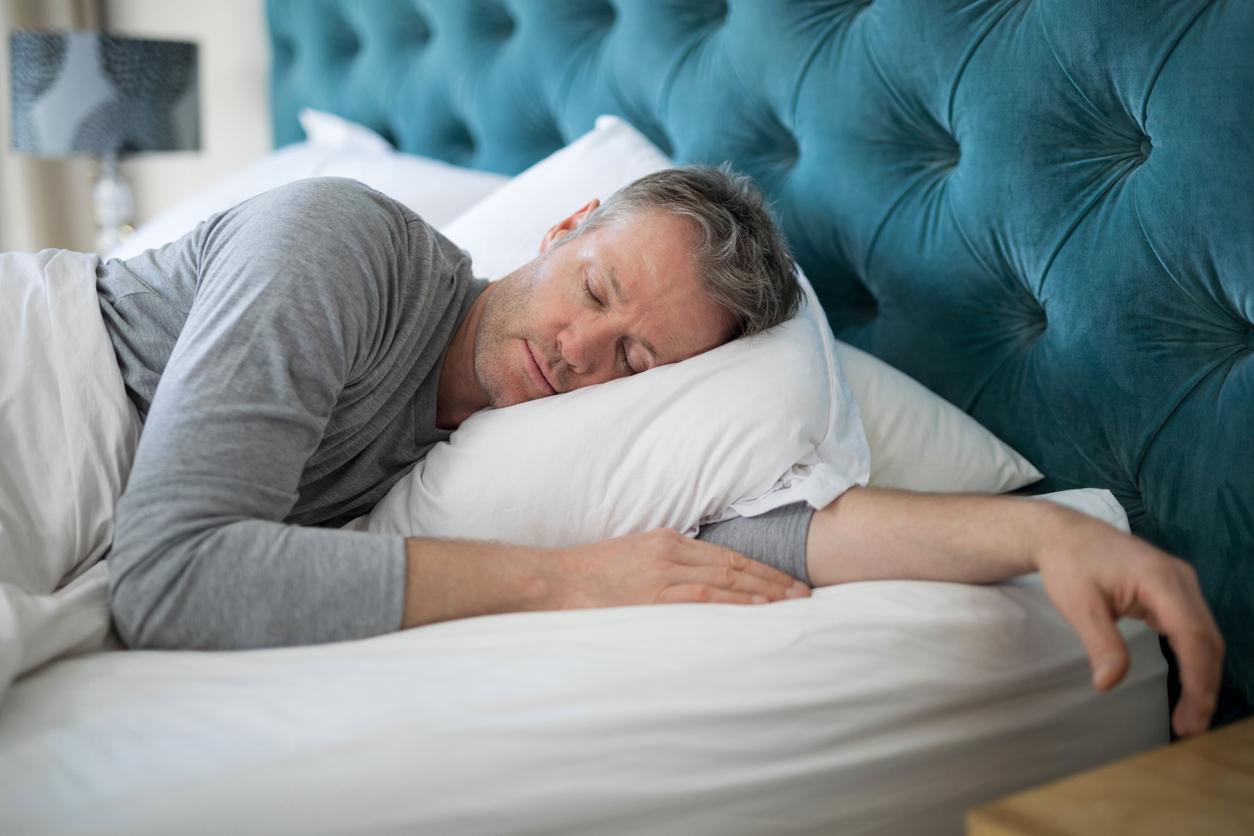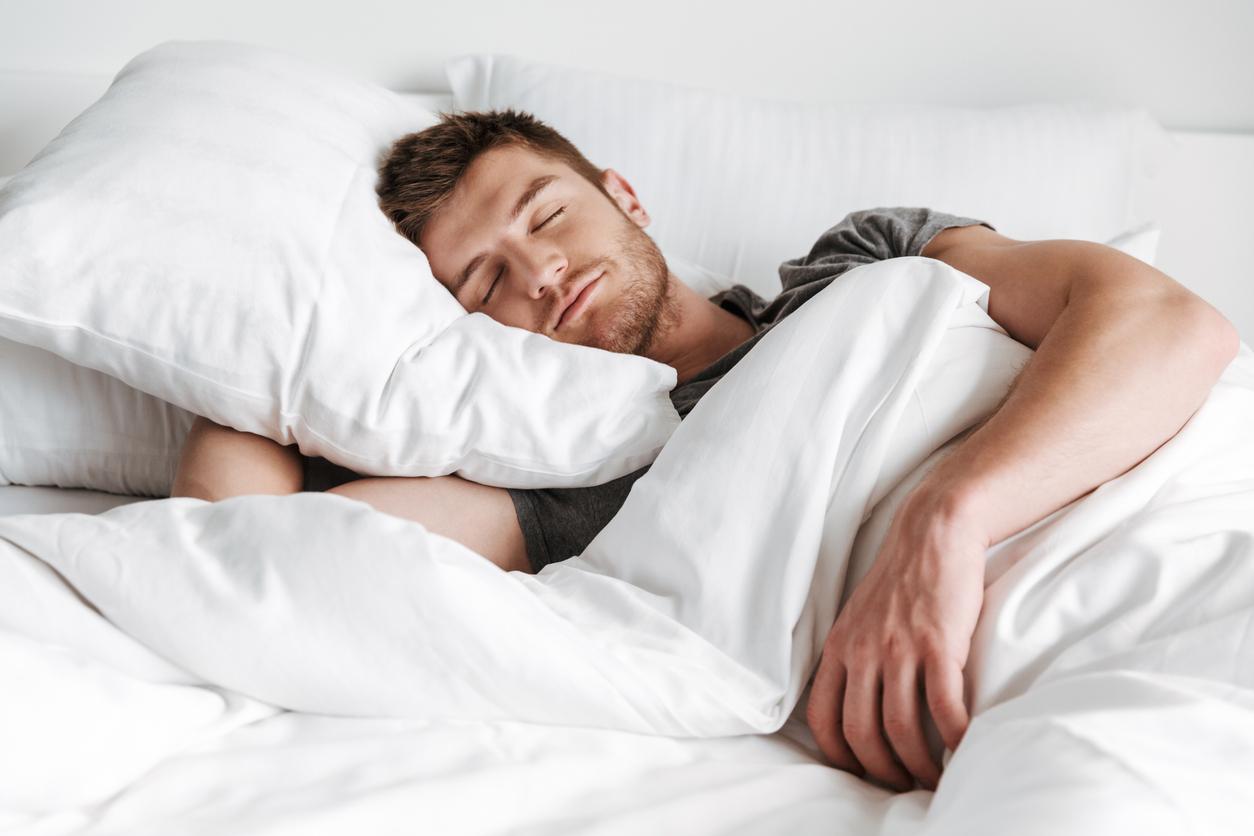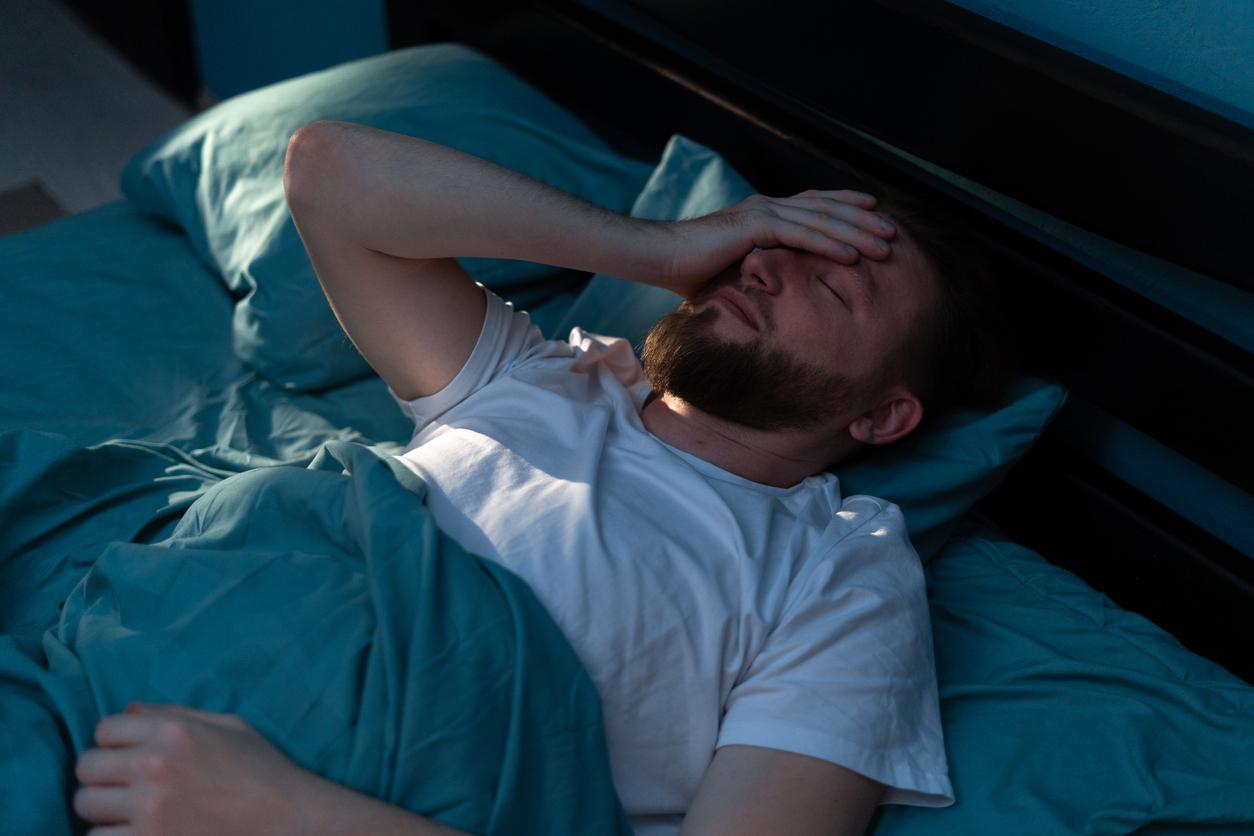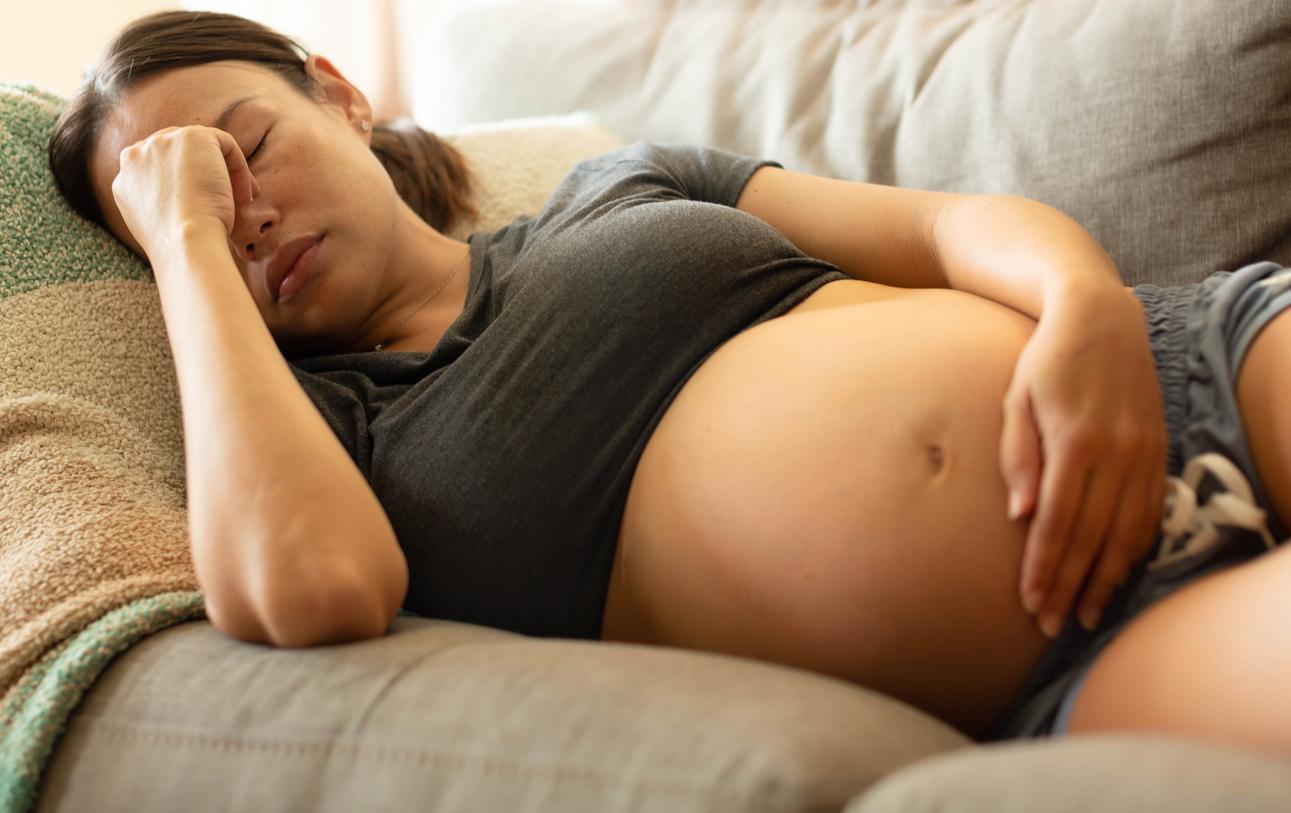Sleeping well is essential for health, but what position should you choose to promote restful sleep?
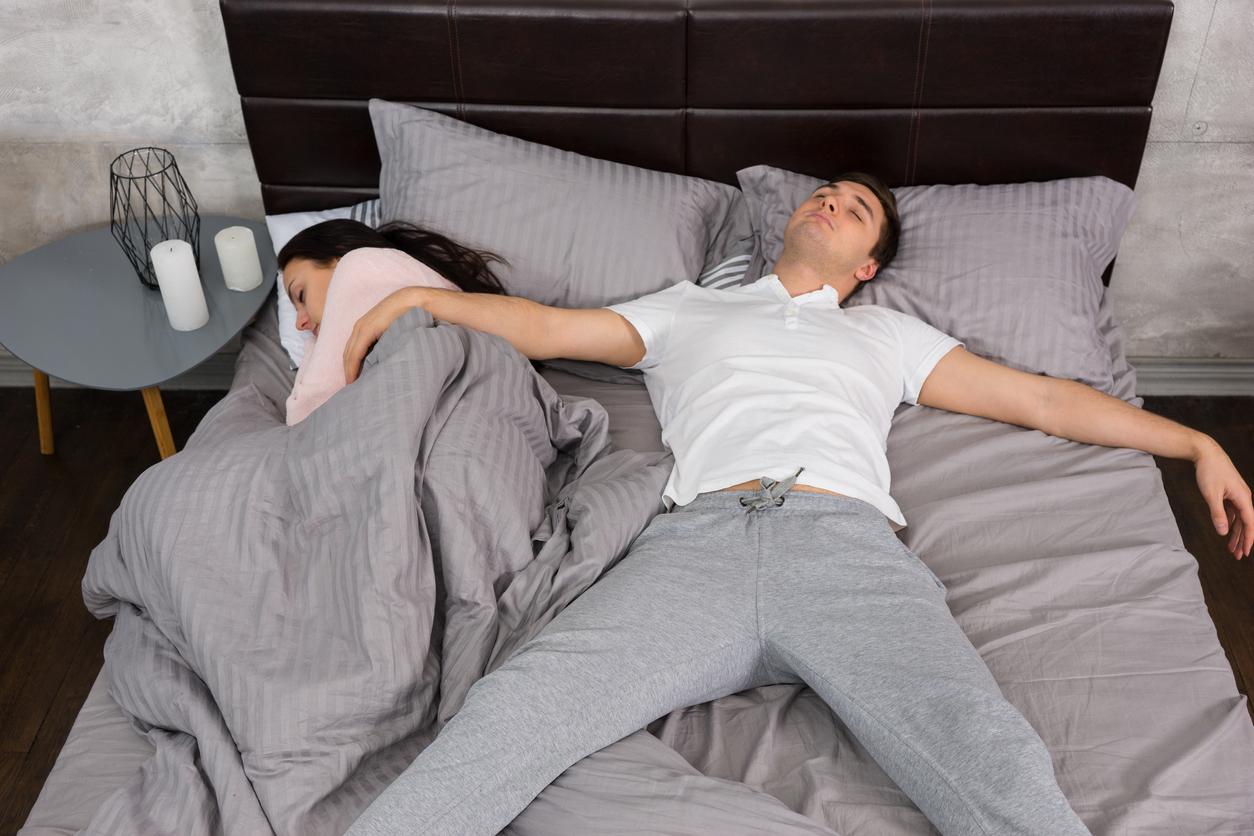
- The best sleeping position is the one that feels best to you.
- The side position is the most common because it allows good alignment of the spine.
- Sleeping on your stomach is not recommended as this posture provides the least back support.
Sleep is the most complete form of rest. It allows the body to recover, mentally and physically, and to conserve its energy. It is involved in “phenomena of concentration, learning, memorization or orientation”, indicates Inserm. Furthermore, many studies have shown that poor quality sleep can lead to various health problems, such as high blood pressure, weight gain, an increased risk of falling ill or suffering from depressive disorders.
So how do you get a good night’s sleep? Is there an ideal position?
Find the sleeping position that suits you best
“The best sleeping position is the one you are most comfortable with.”, said Dr. Harly Greenbergmedical director of the Northwell Sleep Disorders Center in New York.However, there may be better sleeping positions for people with specific health or orthopedic issues.“, he said. Pregnancy, back pain, neck pain… some positions can be more or less comfortable. However, Sleep Foundation Doctors note that the “The best sleeping position is one that promotes healthy spinal alignment from your hips to your head.”.
The Benefits of Side Sleeping
More than one in two people sleep on their side, especially men, nearly 60% of whom choose this position. It has several advantages because it promotes the natural position of the spine. It is particularly suitable for people suffering from heartburn, gastric reflux, sleep apnea, back pain, or those who tend to snore. It is also the most recommended position for pregnant women and elderly people with reduced spinal flexibility.
If you have back pain, you can also place a pillow or blanket between your knees and adjust the thickness of the pillow under your head so that it suits the alignment of the neck and spine. During pregnancy, it is recommended to choose the left side and bend your legs. This helps relieve pressure from the belly and facilitates good blood circulation to the fetus, uterus, kidneys and heart.
In conclusion, the side position can suit everyone, except people with shoulder pain.
The supine position is the most suitable for neck pain.
Lying on your back is the second most popular position. It also has several benefits as it aligns the spine properly, preventing neck and back pain. This position, provided that the upper body is elevated, can also provide relief for people suffering from nasal congestion and allergies.Lying on your back is the best sleeping position for neck pain because it prevents the misalignment that can occur in side or abdominal positions.”, explains the Sleep Foundation. To prevent neck pain, use a pillow that supports your neck while allowing your head to sink deeper.”It is also recommended to keep the arms alongside the body to avoid imbalance of the spine.
However, some people may not enjoy this position as much, such as: pregnant women, the elderly, those suffering from back pain, sleep apnea, GERD or acid reflux, or obese adults.

Lying on your stomach, under what conditions?
According to several studies, we spend little time sleeping on our stomachs, this position has several disadvantages and is not recommended for a large number of people. However, one advantage is to be noted, because it can help snorers by opening their airways. On the contrary, pregnant women and the elderly should absolutely avoid it.The stomach position provides the least back support of all sleeping positions and increases pressure on the spine, sometimes causing pain upon waking.”, reports the Sleep Foundation. “Sleeping on your stomach requires you to sleep with your head turned to one side, invariably twisting your neck and head out of alignment with the rest of your spine. If your mattress isn’t firm enough, your stomach and hips will sink into the mattress, uncomfortably stretching your spine out of alignment. This type of asymmetrical sleeping posture can negatively impact your spine over time.”
If this is the position that suits you best, then it is possible to optimize it by choosing a firm mattress, a very thin pillow or no pillow at all, and by adding a cushion under the hips to harmonize the alignment of the spine and relieve pressure.









